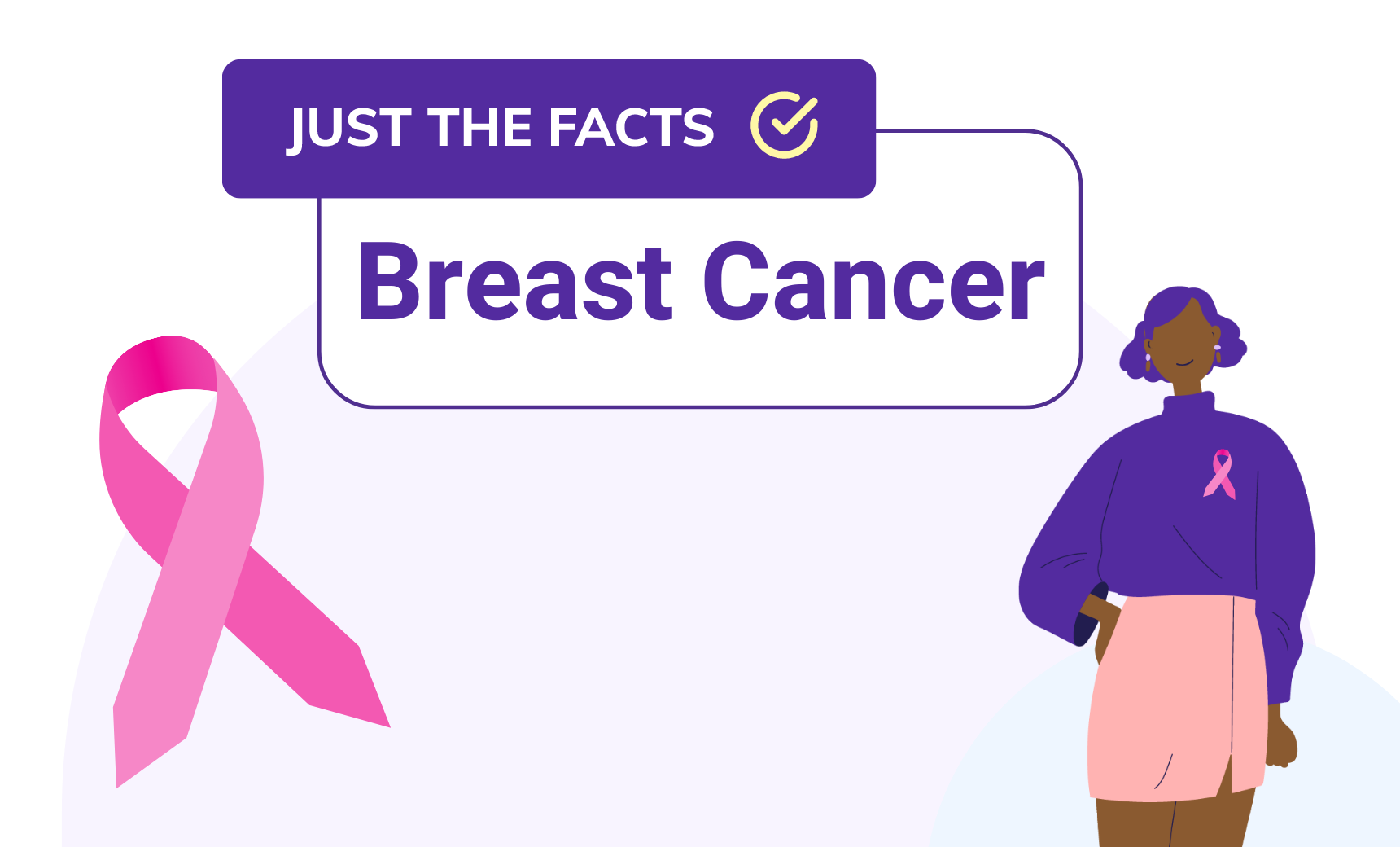
Pump Up the (Patient) Volume
Learn how to increase lab patient volume post-COVID and improve patient engagement using digital solutions from LabFinder.
How To Increase Patient Engagement Post-COVID
Over the last two years, the healthcare industry has seen an enormous spike in the demand for services. Labs carried the brunt of the heavy lifting with tens of millions of tests processed over the last 24 months. However, as the post-COVID landscape shifts, testing providers also need to pivot. The old operational model of phone and mail for client interaction or having office staff assist with scheduling and insurance questions no longer meets the needs of the people these facilities serve. Medical professionals are actively seeking new solutions required for this next era of healthcare.
Changes to Daily Operations
As COVID testing volume decreases, testing centers struggle to maintain previous levels of revenue. With the goal of increasing testing numbers, Clinical Directors also have to contend with current employee shortages. “We’ve taken a hard hit in staffing levels from losing individuals to retirement, new techs who decided they didn’t want to stay in the field, and others leaving for jobs with higher pay,” said Aaron Hurst, Laboratory Supervisor for NMC Health in Newton, Kansas.
Amidst workforce challenges impacting productivity and revenue, the optimization of workers becomes an even higher priority. According to Jim O’Neill, Laboratory Services Business Development Manager at Advanced Data Systems, “staffing shortages have forced labs to get more creative,” stating that providers need to look at increasing automation wherever possible.
Digital Solutions
People have come to expect 24/7 access to information, and they will gravitate to places that give them that flexibility. With 67% of patients preferring to book appointments online, meeting patients where they can find services when it’s convenient for them has become the norm.
Statistics show that 40% of appointments are booked after business hours when labs are closed, resulting in lost revenue. This trend indicates that providers need to meet the patient or clinician when it is convenient for them. This eliminates the second step of next-day follow-up, making it more likely that the lab work gets booked.
Growth Generation
According to the 2022 scheduling statistics presented by Zippia, 26% of online appointments are booked for the same day or the next day. Maximizing appointment availability and filling last-minute openings is an integral part of keeping revenue coming in with fewer lost testing timeslots. When a cancellation takes place, having the flexibility to book another patient in that appointment opening in real-time keeps business flowing.
With online booking platforms, healthcare consumers are more likely to keep the appointment since many send out text and email notification reminders. Statistically, LabFinder has shown to reduce no-shows up to 45% by encouraging patients to keep appointments.
The benefits of automation don’t stop there; it also mitigates other business challenges. According to O’Neill, “Higher deductibles and copays mean more lab revenue is coming directly from the patient, and labs struggle financially from patients not paying their bills in a timely manner.”
In order to help eliminate patients’ confusion around what is covered, and who takes what insurance, digital solutions help patients understand exactly what is included and how much it will cost, making it more likely that the patient will follow through on the procedure.
When it comes to medical testing, having a readily accessible, low-friction, low-stress option for patients and doctors leads to a higher rate of testing completion.
Patient Acquisition at Labs
It’s important for lab directors to know that “68% of patients say they’re more likely to choose a medical provider that offers the ability to book, change, or cancel appointments online and a significant number of people will completely overlook your business if you don’t provide them with an online option.” Virtual locations such as a dedicated profile page help attract more people. Having access to lab-specific information, being able to see reviews or leave a review, and account management are all part of the familiar marketplace approach.
Real World Solutions for Today’s Challenges
Facing this dynamic environment requires providers to think strategically through their business model and design it to accommodate what is happening outside its doors.
The key is to find digital tools that cover the broad spectrum of needs that fill the gaps. This is an area where LabFinder comes in. For example, when patients visit LabFinder, they select the tests they are looking for, and enter insurance information, and then they are only shown labs that take their insurance. For patients with a high deductible plan or who are otherwise paying out of pocket, LabFinder will show the pricing for the procedure with various lab partners so that the consumer can make informed decisions,. further eliminating anxiety and confusion. There is also a patient portal that houses test results so that patients and doctors have timely access to critical information. With 24/7 appointment scheduling and appointment reminders, patients and doctors have a tool that serves their ultimate goal: good health.
By having a one-stop-shop with more than 325K patients currently on the growing platform, LabFinder offers a solution for labs and radiology centers to adapt to the new healthcare landscape. It’s as easy as claiming your business page.
Working smarter not harder makes it possible to increase your lab volume while you focus on other areas of your business.
See what LabFinder can do for you, schedule a brief introduction.





LabFinder Editorial Team
The LabFinder Editorial Team is behind The Illuminator and The Insider, LabFinder’s consumer and business blogs.
Dr.Robert Segal
Dr. Segal is CEO and co-founder of LabFinder, as well as a board-certified cardiologist. He began practicing medicine in 2002 and has founded several businesses, including Medical Offices of Manhattan and Manhattan Cardiology.